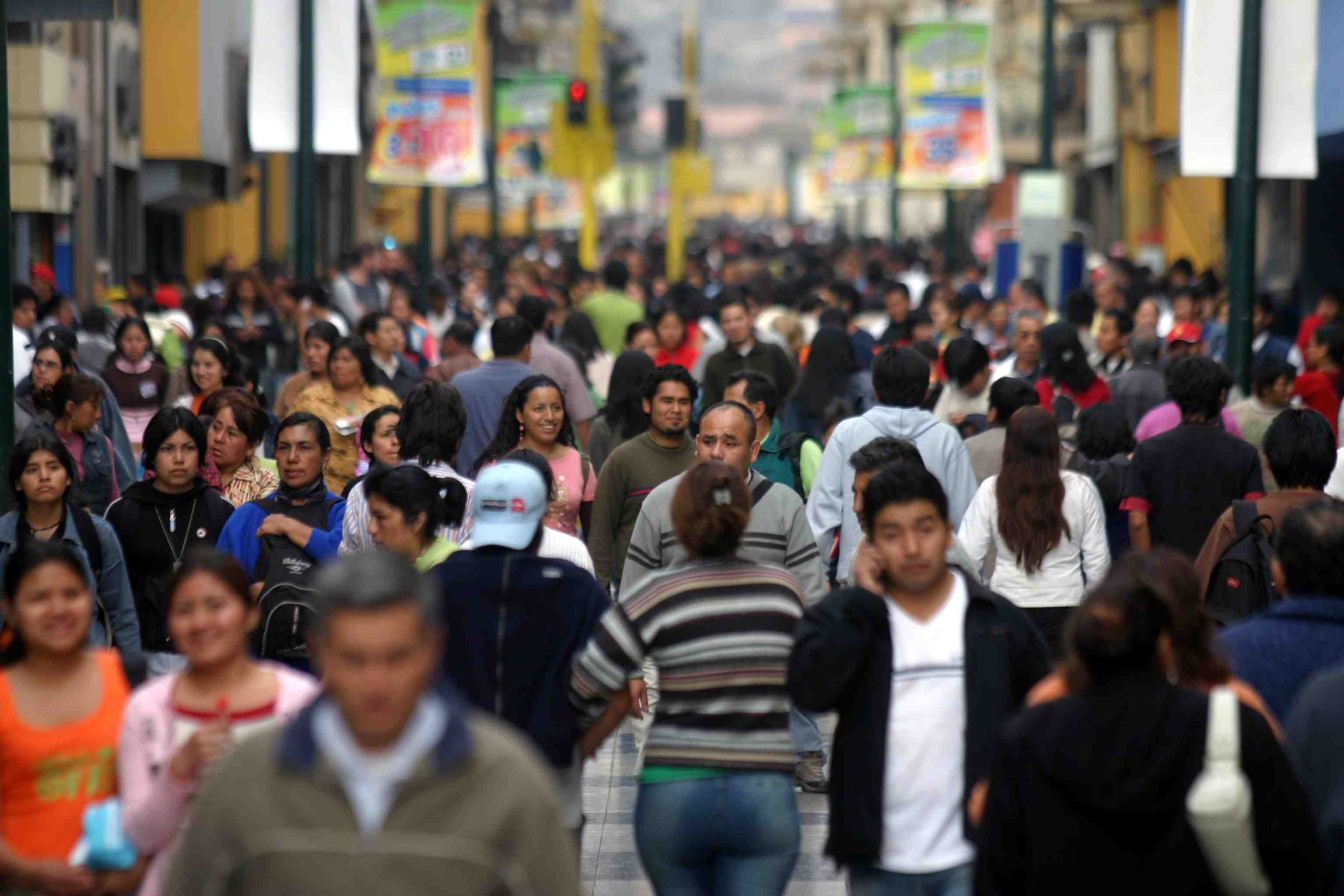
Figure is equivalent to between 80% and 85% of the population of said year. In addition, it would make Peru the sixth country in the region with the largest urban population, according to Ceplan.
By the year 2050, approximately 35 million people are expected to live in urban areas in Peruthat is, between 85% and 88% of the total population, according to a report from the National Center for Strategic Planning (Ceplan).
Likewise, it is expected that for the year in question seven out of ten people in the world will live in cities; in Latin America and the Caribbean it will be around 86% of its regional population. Under that framework, Peru ranks as the sixth country with the highest rate of urbanization in the region below Uruguay, Argentina, Chile, Venezuela and Brazil.
In our country, recent studies reveal an intense urbanization process. In 1960, close to 5 million people lived in urban areas, corresponding to 46% of the Peruvian population; in 2015 the figure rose to almost 24 million people, being 79% of the population and in 2020, the year the pandemic began, the number increased by three million; that is, 27 million people living in urban areas, a value that represented 80% of the population.
At a general level, according to the technical data sheets on trends published in Ceplan’s National Foresight Observatory, the densest cities are the cities with the lowest per capita income; Thus we have that, in 2015 in Latin America and the Caribbean, on average, cities with a high density were developed; having Peru with a record of between 10,000 to 15,000 inhabitants per km2.
Likewise, in 2015 approximately half of the urban population in Latin America and the Caribbean lived in small numbers in large cities or metropolitan areas. Being Chile and Peru countries where approximately 40% of its urban population lived in cities of 5 to 10 million inhabitants.
Source: Larepublica
Alia is a professional author and journalist, working at 247 news agency. She writes on various topics from economy news to general interest pieces, providing readers with relevant and informative content. With years of experience, she brings a unique perspective and in-depth analysis to her work.











